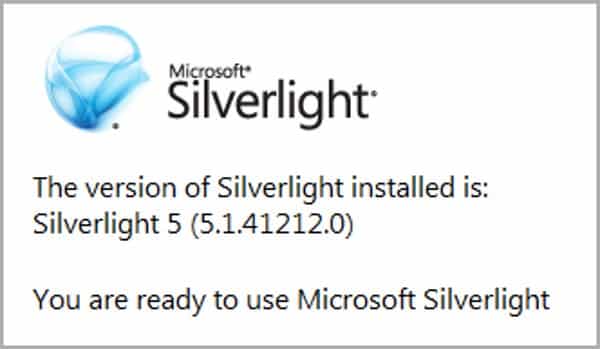

These splitters aren’t designed to bypass HDCP, nor would I suggest you buy a box designed for piracy. One area of exploration was using a powered HDMI splitter, an inexpensive small box that takes HDMI input and then allows the output to be fed out through two or more HDMI ports. I also tested various methods with a Mac mini and external displays of different types, and it failed consistently, as now expected. The Apple TV works fine with HDCP and external displays, and in what should be bitter irony, fourth-generation Apple TV apps from Netflix, Hulu, and others, firms that can’t stream DRM-protected video in OS X to an external monitor are perfectly able to while wrapped in the embrace of tvOS.

This also prevents using HDCP over AirPlay, because AirPlay-supporting devices apparently also don’t expose to third-party developers whether the associated device is an authorized device. As such, it is currently not possible to detect if the display is HDCP compliant, nor is it possible to engage HDCP. Apple doesn’t expose the required information to third parties (via an API that developers can use) to determine whether HDCP is in place, according to Adobe.Īpple does not currently publish their APIs to detect/engage Output Protection.


Finally, I summarize what each major streaming service notes about requirements and troubleshooting, and finish up with how to fix DRM errors even with a built-in display by resetting or removing Silverlight.


 0 kommentar(er)
0 kommentar(er)
